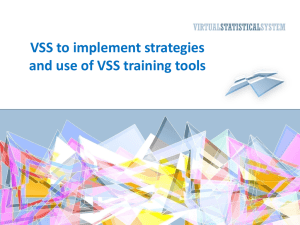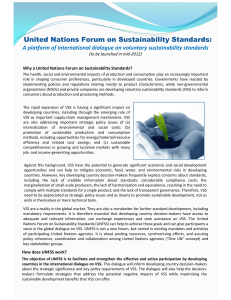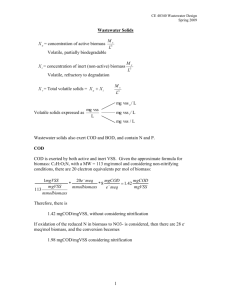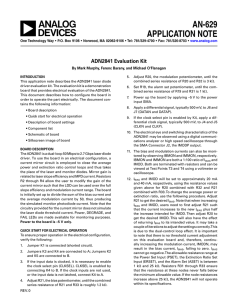to - Security Industry Conference
advertisement
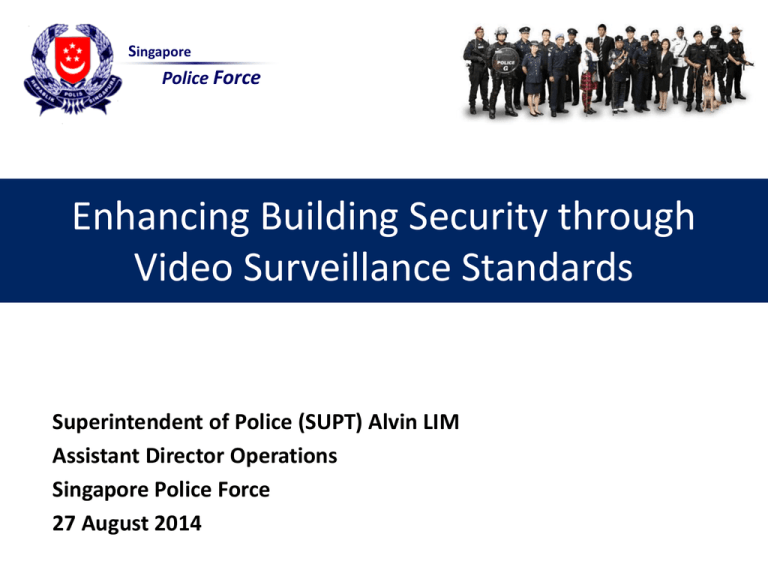
Singapore Police Force Enhancing Building Security through Video Surveillance Standards Superintendent of Police (SUPT) Alvin LIM Assistant Director Operations Singapore Police Force 27 August 2014 SCOPE • • • • 2 Introduction Objectives Video Surveillance System (VSS) Standard Conclusion INTRODUCTION • A new Video Surveillance System (VSS) Standard for Buildings was drafted in line with the improvement in technology. • VSS deployment to support and enhance the overall management of a building’s security. • Most effective when deployed with other security measures (e.g. access control, alarm systems). 3 OBJECTIVES Video Surveillance System (VSS) Standards • Provides for a uniform and consistent approach for the technical specifications, installation, operation and performance of VSS across buildings in Singapore. • Provides guidelines to the industry in the deployment of VSS • Helps in security management and assist in post incident investigations/reviews. 4 CAMERA • Resolution of HD 1080p: 1920 x 1080 pixels or its equivalent – Widescreen: cover wider areas, lesser cameras will be required 5 SD Resolution HD Resolution CAMERA • Resolution of HD 1080p: 1920 x 1080 pixels or its equivalent – Better Resolution Subject identification Illegal activities detection Allows for the addition of video analytics subsystem SD Resolution 6 HD Resolution CAMERA • Network IP-based Cameras, recommended to be compliance to Open Network Video Interface Forum (ONVIF) standards • Minimum height of 2m from floor level • Vandal-resistant and Tamper-proof enclosure • Good colour reproduction for easy identification • Fixed Cameras are deployed to meet coverage requirement; Pan-Tilt-Zoom (PTZ) Cameras can be used as a supplement to fixed cameras 7 COVERAGE REQUIREMENTS • Lift lobbies • Staircase landings • Ingress/Egress for Human/Vehicle For identification of vehicle / person of interest entering / exiting from the building • Main entrance lobby • Registration counter 8 COVERAGE REQUIREMENTS • Public Access Areas – Street areas within building’s boundaries – Entrances / Exits to MRT stations 9 COVERAGE DEFINITION – HD1080 RESOLUTION Detect / Observe – 10% Recognize – 20% 20% of Panel Height 10% of Panel Height 45% of Panel Height 10 Identify – 45% RECORDING • Open-format CODEC and video container format • Period of Archival: 28 days + 10% buffer • Basic Metadata: GPS time and date to be watermarked on recorded images • Image quality of HD1080p: 1920x1080 – Good quality images for post incident investigations – Clear images allow for speedier identification of the subject which will lead to faster apprehension of the perpetrator • Recording and storage facility: 11 – Preventive measures against unauthorised removal/ viewing of recordings – Sited in the inner perimeter of the building LIGHTING • Ensure that the artificial/natural lighting does not blind the camera view. • Lighting should be continuous and sufficient to support VSS coverage. • Light source is recommended to be a minimum of 2m from the camera. • Preferred position for the light is above the camera. 12 CAMERA SYSTEM • Reserve viewing terminal – For Emergency Response Agencies • System Integrator (SI) / Vendor to provide Software Development Kit (SDK) for commands including Select Camera, View, Extract, PTZ and Playback • VSS designed and installed with a minimum f 20% spare capacity for future expansion • Signage – Strategically located to inform the public that the VSS is continuously monitored and recorded – Building owners may opt for Digital TV instead 13 ALARMS & ANALYTICS • Alarms may be installed to inform the users of potential issues from the camera system: – Video loss alarm – Tamper alarm • Video Analytics may be deployed to help the CCTV operators in picking up suspicious activities – Loitering – Unattended bag 14 CONCLUSION Video Surveillance System (VSS) Standard for Buildings A set of VSS Standard to provide guidelines to the security industry in the deployment of VSS to enhance the building’s overall security. (http://www.police.gov.sg/img/advisories/misc/vss_st andard_for_buildings.pdf) 15 The End 16



